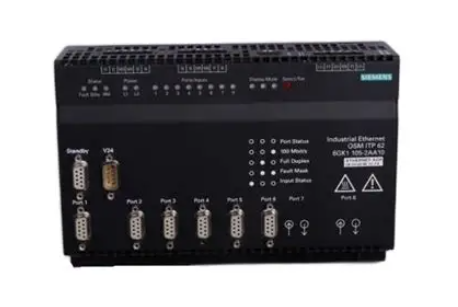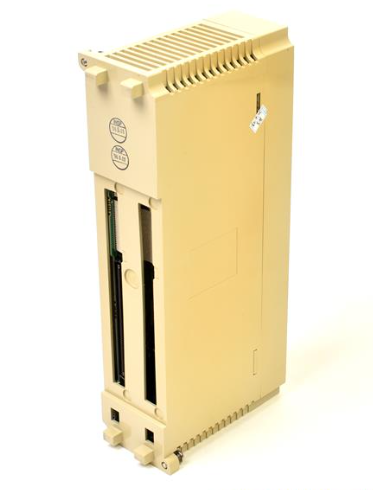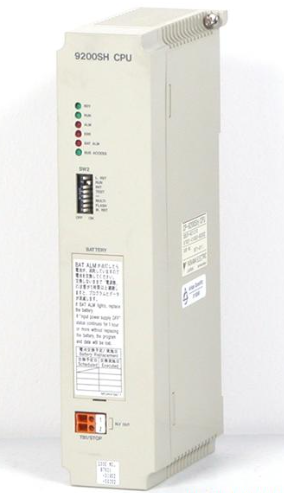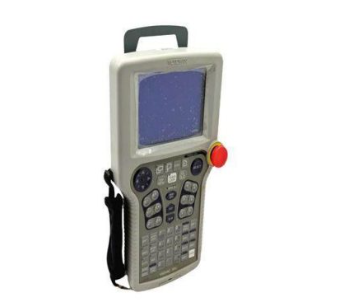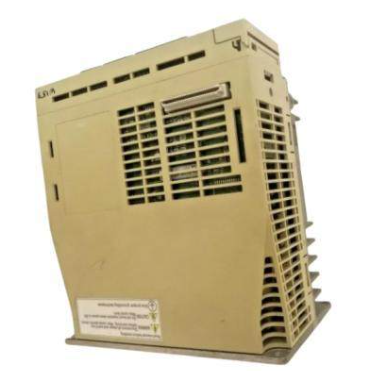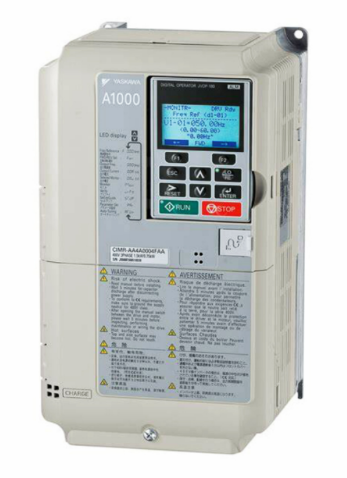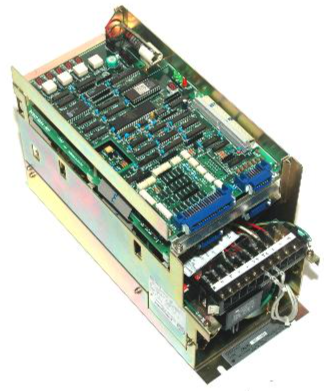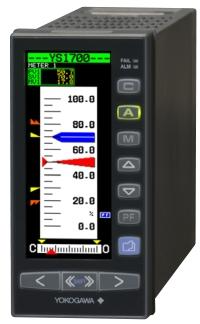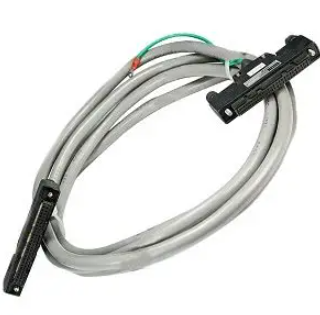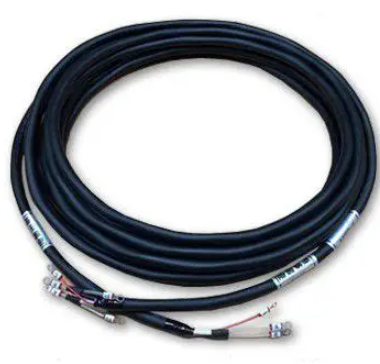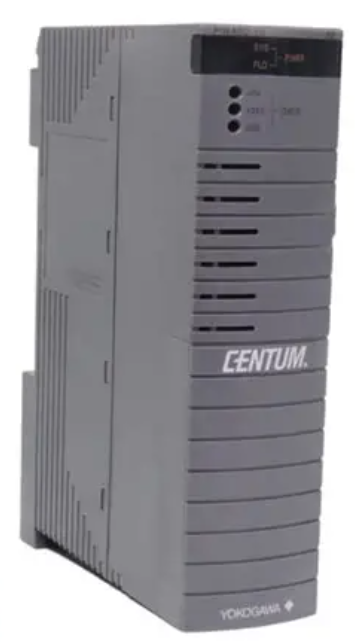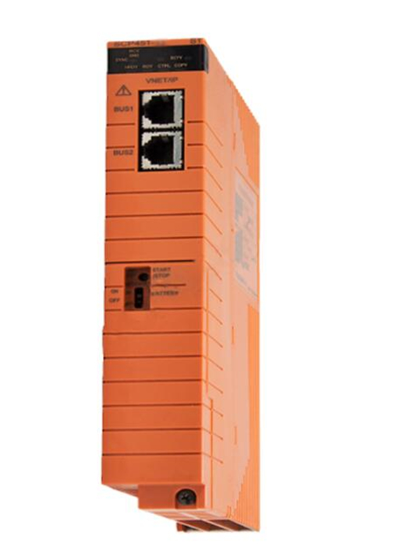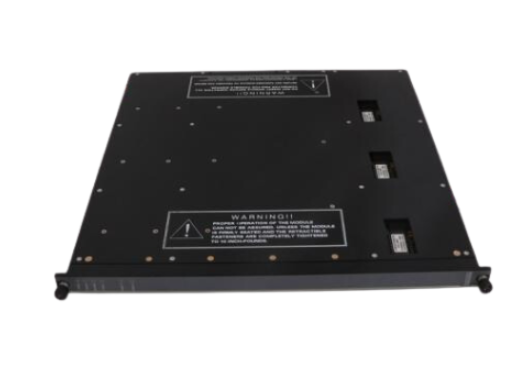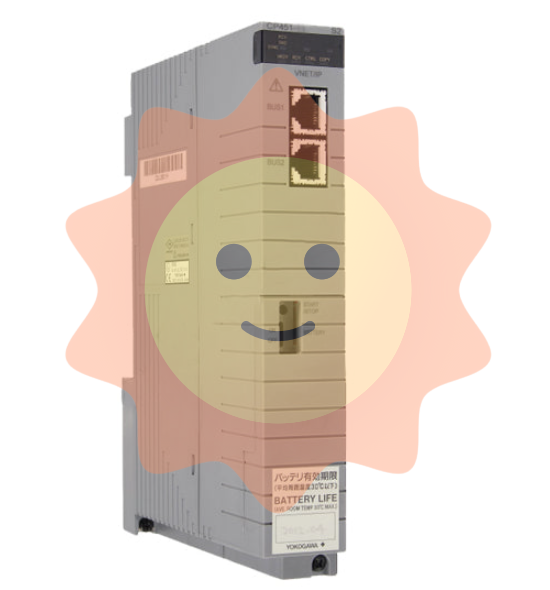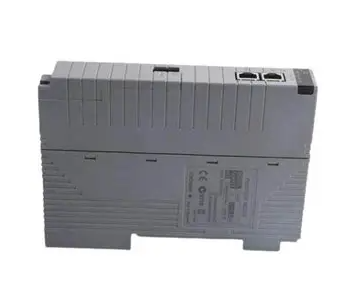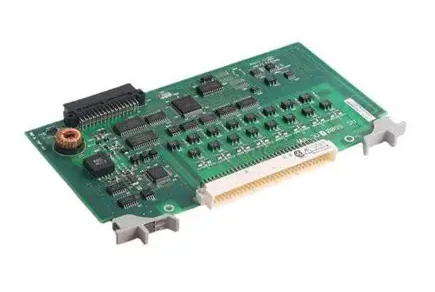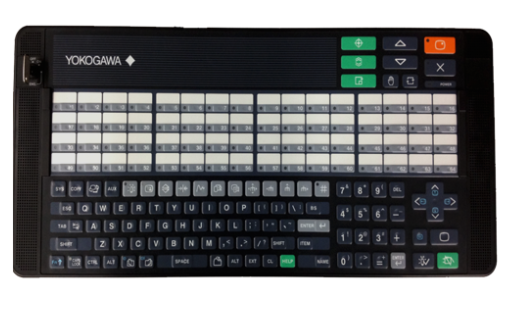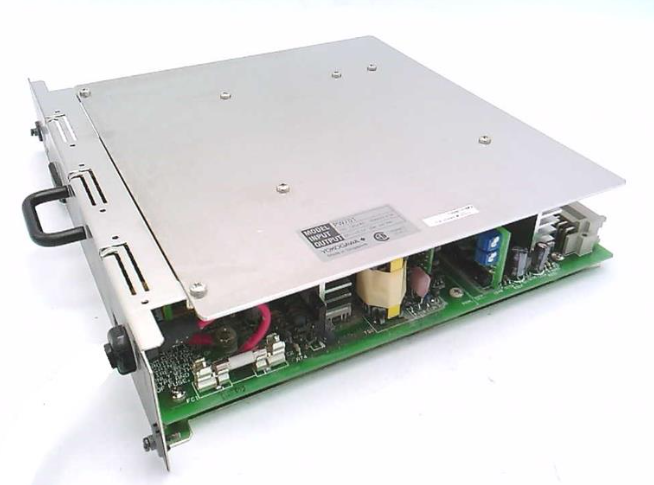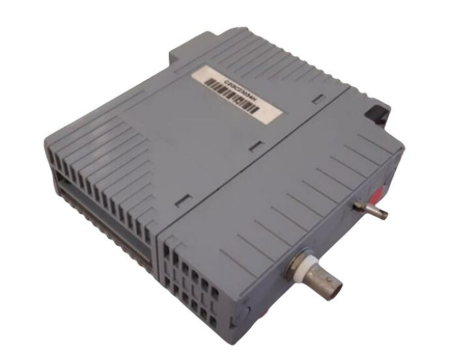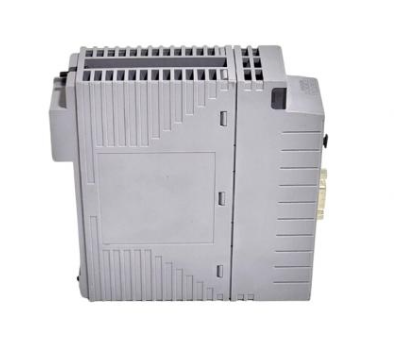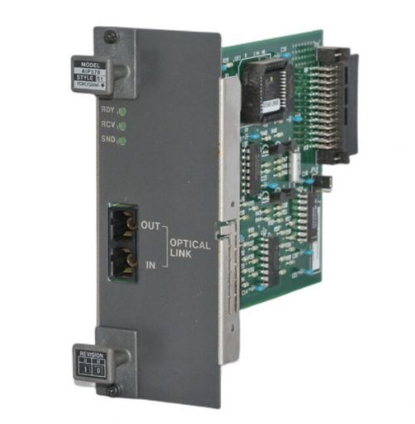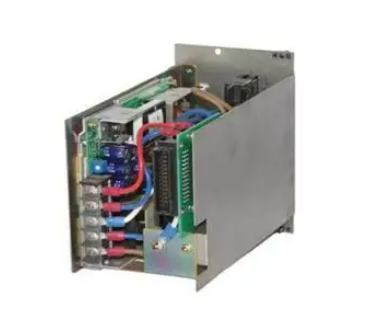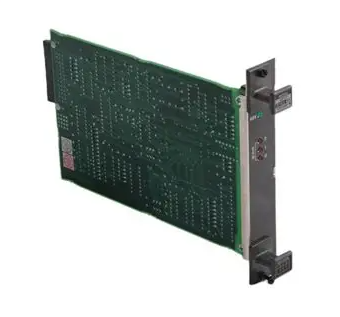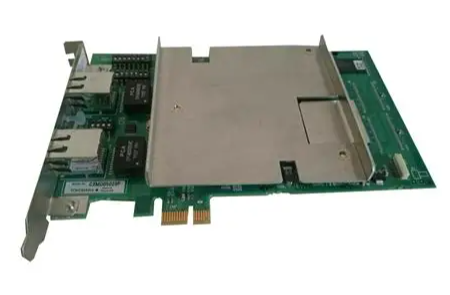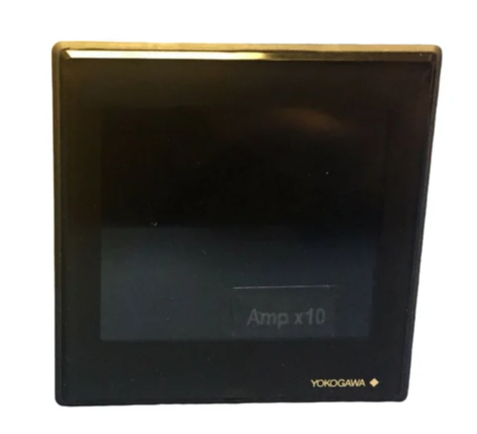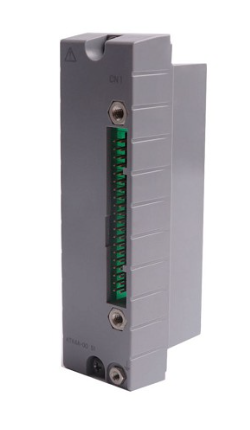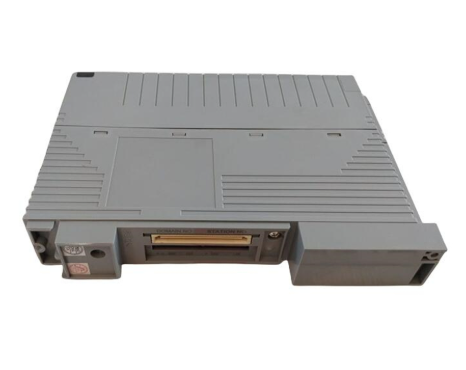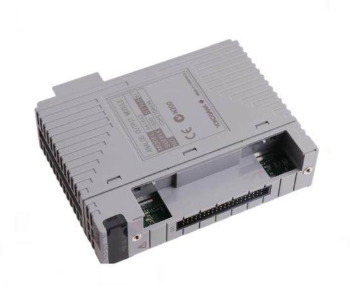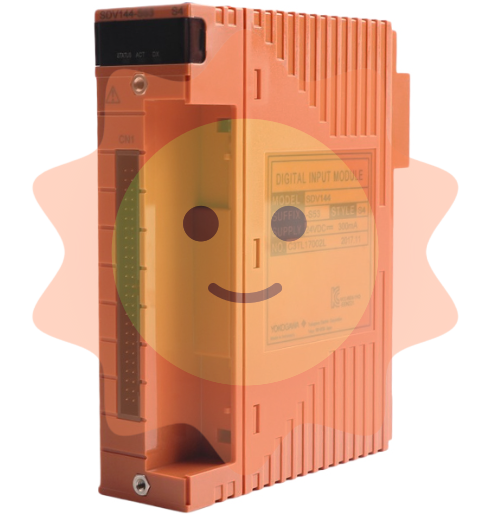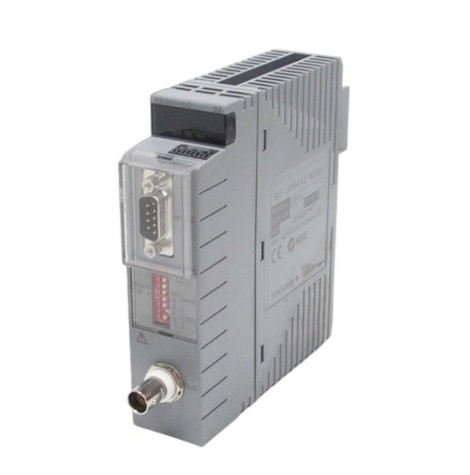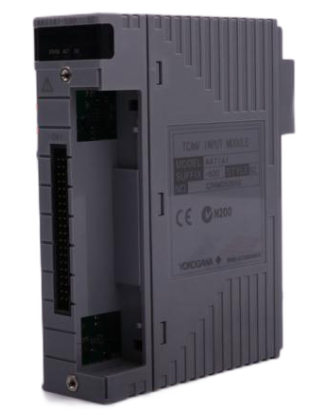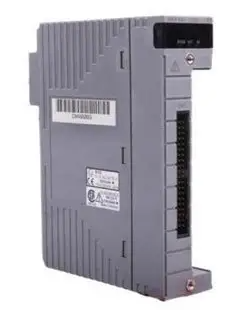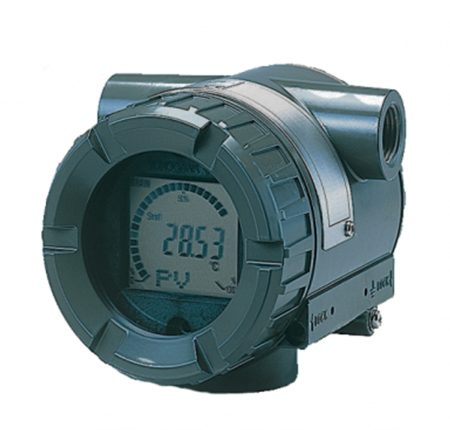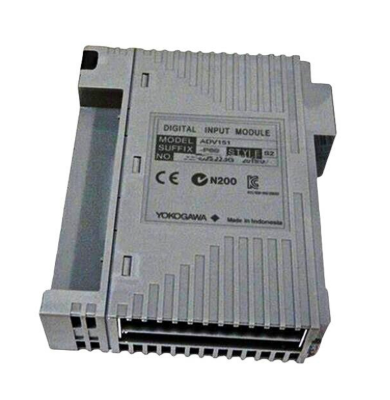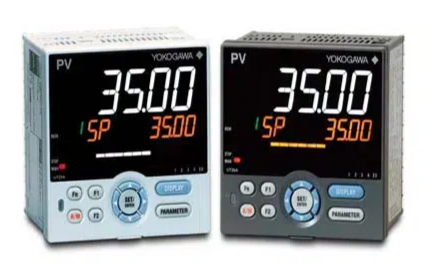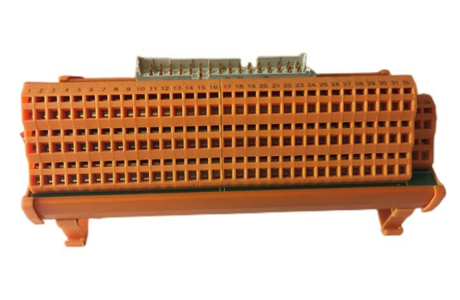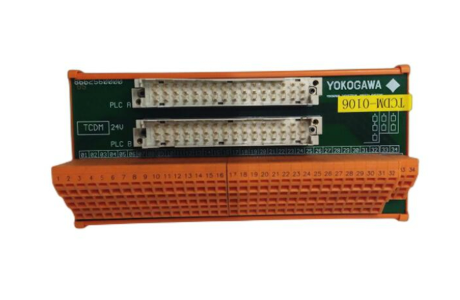Yokogawa AQ1210 Series OTDR Multi Field Tester
Yokogawa AQ1210 Series OTDR Multi Field Tester
Applicable Devices
The AQ1210A, AQ1215A, AQ1210D, AQ1210E, AQ1215E, AQ1215F, and AQ1216F OTDR (Optical Time Domain Reflectometer) models are mainly used for the installation and maintenance of fiber optic lines in access networks and user networks. They can detect fiber optic fault locations, monitor transmission losses, fusion losses, and other parameters.
Core functions and operations
(1) OTDR core functions
Optical pulse measurement
Real time measurement (TRACE mode): The waveform is updated and displayed in real time during measurement, and events such as fusion loss and return loss can be monitored in real time. It supports adjusting parameters such as wavelength and distance range. In MAP mode, it will automatically switch to TRACE mode.
Average measurement:
TRACE mode: Take the average of multiple measurements to display the waveform, suitable for detecting weak events masked by noise.
MAP mode: Automatically analyze OTDR waveform after average measurement, display various event types with icons, support preset qualified/unqualified judgment conditions, and identify results with colors.
Multi wavelength measurement: A single operation can measure two wavelengths, 1310nm and 1550nm (or 850nm and 1300nm). First measure 1310nm (or 850nm), and then automatically switch to another wavelength.
Automatic check before measurement:
In use fiber optic alarm: detect whether there is communication light in the tested fiber optic cable to avoid affecting normal communication. If there is, a pop-up window will prompt whether to continue.
Connection check: Check the connection status between the device and the fiber optic cable, and prevent the OTDR port from emitting light if it is not connected correctly.
The data shows
TRACE mode (waveform display): The horizontal axis represents distance and the vertical axis represents loss level. The waveform can be scaled and moved, and the detected loss or reflection events (such as connectors, fusion points, bending points, etc.) are marked on the waveform.
MAP mode (icon display): Use different icons to display the loss and reflection of events such as connection points, curved sections, and open ends, arranged in order from the measurement starting point to the open end, clearly presenting the event location and distance.
data analysis
Trace mode: manually measure the distance between two points, fusion loss, return loss, etc. using the cursor and markers, supporting multiple measurement methods such as 4-point and 6-point markers.
Event analysis: Automatically detect all events in the waveform, display event types (such as positive/negative fusion loss, reflection, bending loss, etc.) and analysis results (distance, loss value, etc.), support manual editing of events (insertion, deletion, adjustment of marker position).
Qualified/unqualified judgment: preset thresholds for fusion loss, return loss, loss per kilometer, total loss, etc., automatically judge whether the measured value meets the standard. In TRACE mode, qualified items are marked in green and unqualified items are marked in red, and in MAP mode, color coded icons are used.
File function: Supports saving measurement data (. SOR format, including waveform, condition, event list), reports (. PDF format), system settings (. CFG format), screenshots (. BMP/. JPG format), can be stored in built-in memory (approximately 256MB) or USB devices, supports file copying, deletion, renaming, and report generation (can choose to include measurement conditions, waveform, event list, etc.).
(2) Practical tool functions
Light Source: Generate specific wavelength measurement light (such as AQ1210A supporting 1310nm, 1550nm) for fiber loss measurement or identification, and can output continuous light (CW) or modulated light (such as 270Hz, 1kHz).
Visible light source (/VLS option): 650nm wavelength visible light, used for visual detection of fiber breakage and inspection of multi-core fiber cores, supporting CW and 2Hz modulation modes.
Optical power meter (/SPM//HPM//PPM option)
Standard optical power meter (/SPM): measuring fiber loss or optical signal power of communication equipment in the wavelength range of 800-1700nm.
High power optical power meter (/HPM): Maximum measurement+27dBm high power, used for loss measurement in high-power scenarios.
PON optical power meter (/PPM): Simultaneously measure the optical power of passive optical networks (PON) at three wavelengths of 1310nm/1490nm/1550nm.
Support logging function, record short-term optical power stability, generate CSV format log files, calculate maximum, minimum, and average values.
Power checker (/PC option): detects the presence and power value of communication light in the tested fiber through the OTDR port, measuring wavelengths covering commonly used bands such as 1310nm and 1490nm.
Fiber end face inspection (/FST option): Connect the designated fiber end face inspection probe of Yokogawa, capture the status of the fiber end face and display it on the device screen. The image can be saved, and qualified/unqualified judgments can be made for the end face contact area, cladding area, and fiber core area respectively (in accordance with IEC 61300-3-35 standard).
- EMERSON
- Honeywell
- CTI
- Rolls-Royce
- General Electric
- Woodward
- Yaskawa
- xYCOM
- Motorola
- Siemens
- Rockwell
- ABB
- B&R
- HIMA
- Construction site
- electricity
- Automobile market
- PLC
- DCS
- Motor drivers
- VSD
- Implications
- cement
- CO2
- CEM
- methane
- Artificial intelligence
- Titanic
- Solar energy
- Hydrogen fuel cell
- Hydrogen and fuel cells
- Hydrogen and oxygen fuel cells
- tyre
- Chemical fiber
- dynamo
- corpuscle
- Pulp and paper
- printing
- fossil
- FANUC
- Food and beverage
- Life science
- Sewage treatment
- Personal care
- electricity
- boats
- infrastructure
- Automobile industry
- metallurgy
- Nuclear power generation
- Geothermal power generation
- Water and wastewater
- Infrastructure construction
- Mine hazard
- steel
- papermaking
- Natural gas industry
- Infrastructure construction
- Power and energy
- Rubber and plastic
- Renewable energy
- pharmacy
- mining
- Plastic industry
- Schneider
- Kongsberg
- NI
- Wind energy
- International petroleum
- International new energy network
- gas
- WATLOW
- ProSoft
- SEW
- wind
- ADVANCED
- Reliance
- YOKOGAWA
- TRICONEX
- FOXBORO
- METSO
- MAN
- Advantest
- ADVANCED
- ALSTOM
- Control Wave
- AB
- AMAT
- STUDER
- KONGSBERG
- MOTOROLA
- DANAHER MOTION
- Bently
- Galil
- EATON
- MOLEX
- Triconex
- DEIF
- B&W
- ZYGO
- Aerotech
- DANFOSS
- KOLLMORGEN
- Beijer
- Endress+Hauser
- MOOG
- KB
- Moxa
- Rexroth
- YAMAHA
- Johnson
- Westinghouse
- WAGO
- TOSHIBA
- TEKTRONIX
- BENDER
- BMCM
- SMC


Email:wang@kongjiangauto.com



